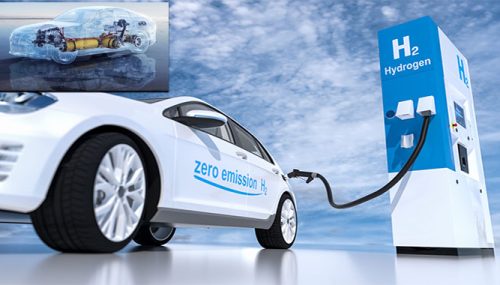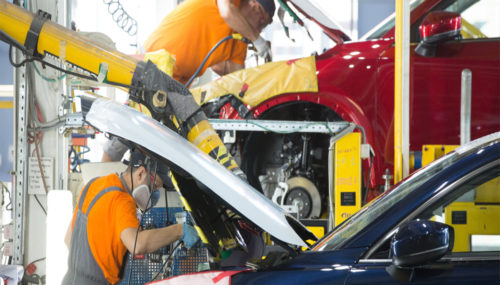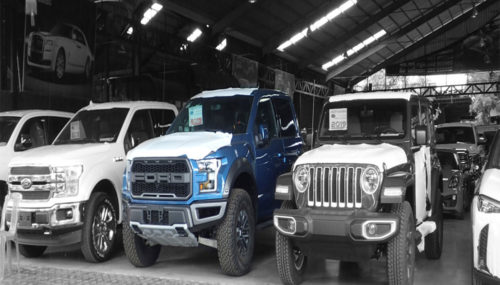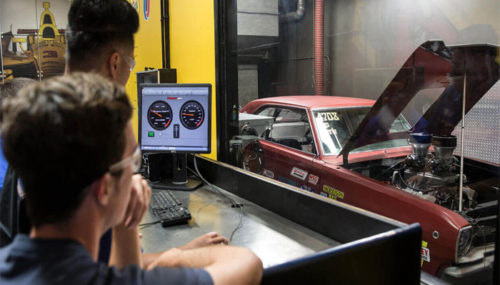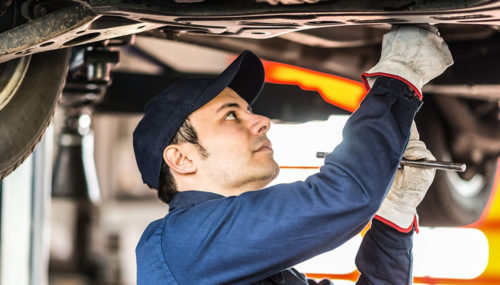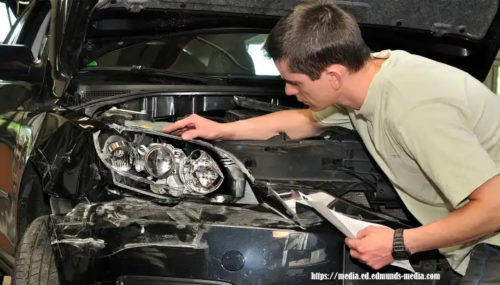The automotive industry in the United States has always been at the forefront of innovation. From the mass production techniques pioneered by Henry Ford to the development of electric and autonomous vehicles, the industry continually pushes boundaries and brings new technologies to the market. In recent years, there have been several key innovations and technologies that are shaping the future of the U.S. automotive industry.
Electric Vehicles (EVs) Take the Center Stage
One of the most significant developments in the U.S. automotive industry is the rise of electric vehicles. As concerns about climate change and air pollution continue to grow, electric vehicles have gained popularity as an environmentally friendly alternative to traditional gasoline-powered cars. Major automakers have started investing heavily in electric vehicle technology and are now offering a wide range of EV models to the consumers.
The increasing accessibility of EV charging infrastructure across the country has further bolstered electric vehicle adoption. Investments in charging networks and government incentives have made EVs more practical and affordable for consumers, leading to a surge in sales. With advancements in battery technology and increased range, electric vehicles are becoming more competitive with their combustion engine counterparts.
Autonomous Vehicles (AVs) Revolutionize Transportation
Autonomous vehicles, also known as self-driving cars, are another significant innovation reshaping the U.S. automotive industry. AV technology has the potential to improve road safety, reduce traffic congestion, and enhance transportation efficiency.
Leading tech companies, such as Tesla, Google’s Waymo, and traditional automakers like General Motors, are investing heavily in developing and testing autonomous vehicles. These vehicles utilize advanced sensor systems, artificial intelligence, and machine learning algorithms to navigate and make decisions on the road.
While fully autonomous vehicles are not yet widespread, many automakers have introduced semi-autonomous features that assist drivers with tasks such as adaptive cruise control, lane keeping, and automated parking. This gradual integration of autonomous technology is a stepping stone towards a fully autonomous future.
Connectivity and Infotainment Systems
The integration of technology into vehicles goes beyond electric and autonomous capabilities. Connectivity and infotainment systems have become a staple in modern cars, enhancing the driving experience for consumers.
With the rise of smartphone usage, many automakers have developed systems that seamlessly integrate smartphones with the vehicle’s infotainment system. This connectivity allows drivers to access navigation, entertainment, and communication services, all from the convenience of their vehicles.
Furthermore, advanced connectivity enables over-the-air software updates, allowing automakers to remotely enhance car performance, fix bugs, and introduce new features. This eliminates the need for customers to visit dealerships for routine software updates, leading to more convenience and efficiency.
Advanced Safety Technologies
Safety has always been a top priority in the automotive industry. Today, advanced safety technologies are helping to reduce accidents and save lives on U.S. roads.
The development of collision avoidance systems, such as automatic emergency braking and lane departure warning, has significantly contributed to improving road safety. These technologies use sensors and cameras to detect potential dangers and provide warnings or automatic interventions to prevent accidents.
Additionally, advancements in sensor technology have led to the implementation of pedestrian detection systems, blind-spot monitoring, and adaptive headlights, which further enhance vehicle safety.
The U.S. automotive industry is undergoing a period of rapid transformation, driven by new innovations and technologies. Electric vehicles are becoming more prevalent, offering environmentally friendly alternatives to traditional combustion engine cars. Autonomous vehicles are revolutionizing transportation, promising safer and more efficient roadways. Connectivity and infotainment systems provide drivers with an enhanced driving experience, while advanced safety technologies work to reduce accidents and protect lives.
As the automotive industry continues to evolve, these innovations and technologies will play a crucial role in shaping the future of transportation in the United States. With ongoing research and development, we can expect even more exciting advancements as we move towards a sustainable, connected, and safer automotive landscape.





